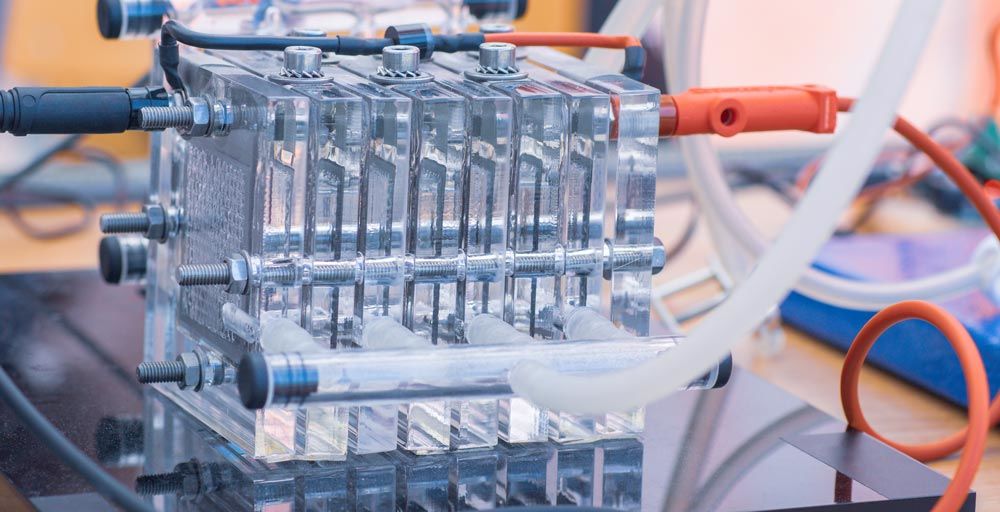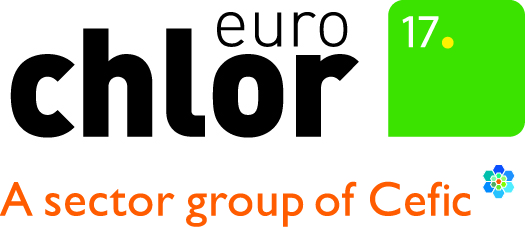Hydrogen from chlor-alkali production: high purity, low carbon and available today
Hydrogen is an important chemical for the climate neutral economy. Europe is defining screening criteria for hydrogen but does not yet consider chlor-alkali electrolysis. The chlor-alkali sector produces some 0.27 million tonnes of hydrogen as a by-product of the highest purity. Chlor-alkali electrolysis also has a low carbon footprint as this illustrative infographic shows. The climate neutrality of the electricity used is key here to determine the renewable nature of the produced hydrogen.
Unfortunately, 10 to 15% of this hydrogen produced is not used, equal to the output of a water electrolyser of 200 MW. This may change over time as demand for hydrogen increases, and more application solutions become available. Euro Chlor continues to strive to move towards full utilisation, and this is a key feature of our Mid-Century Strategy activities. Read more about the European chlor-alkali hydrogen utilisation rate at https://www.chlorineindustryreview.com/climateneutrality.
A lack of market opportunities and/or necessary infrastructure are the main reasons for this waste of hydrogen from chlor-alkali production today. Our sector is asking for these barriers to be removed, so that the available hydrogen can be used for the transition towards a climate neutral Europe in 2050.
Hydrogen is obtained as a by-product in chlor-alkali production, the starting point of many value chains such as health protection, construction, green energy, and digital devices. For more information, contact Euro Chlor Regulatory Affairs Manager Kristof May at [email protected].


